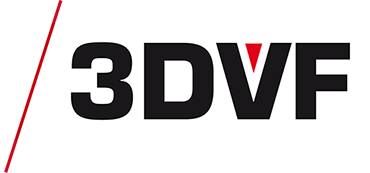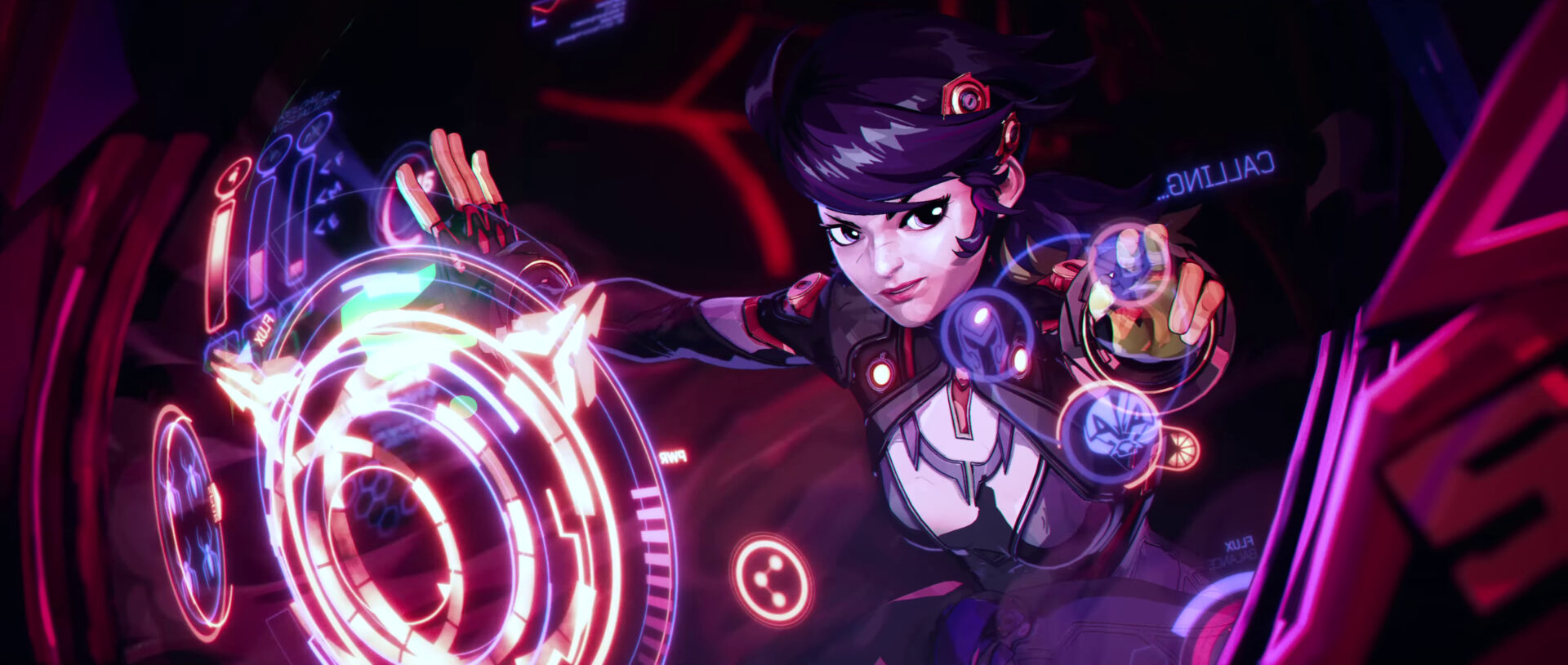This article is also available in:
![]() Français
Français
Above: Marvel Rivals Trailer
3DVF: Hello Léon! For those who don’t know you, you are the co-founder and co-CEO of Unit Image, a studio well-known for its video game trailers and cinematics, such as for Baldur’s Gate III, Elden Ring, Star Wars Eclipse, Diablo, Far Cry, Death Stranding, God of War, Beyond Good and Evil 2, The Division, The Crew, and many others, as well as episodes of series such as Love, Death Robots on Netflix.
That’s quite an impressive track record.
Léon Bérelle – Unit Image: First, thank you to 3DVF for your work! This interview reminds me that I had my very first internship in 2005 thanks to you, by responding to a job offer on your site which allowed me to join Magiclab Productions almost 20 years ago and meet my future partners. I continue to follow your work.
3DVF: We’re glad to have contributed to the start of your career! We still offer a job posting system (studios, feel free to post job offers for free!), and we also provide a global map and list of studios to help people looking for their next job.
But let’s get back to Unit Image. What’s new with the studio? We know a new season of Love, Death Robots is in the works. Are you working on it? We remember your work on the episodes Snow in the Desert and Beyond The Aquila Rift.
Léon Bérelle: To provide some context, Unit Image has historically focused on AAA video game trailers. We are among the few studios worldwide that primarily handle such high-end projects for major publishers. While some studios do this as a secondary activity, at Unit Image, it’s our main focus. We also do some VFX and commercials when interesting projects are offered to us.
We are increasingly working on longer formats like series episodes. We’re currently working for a platform on an unannounced series. We’ve set the bar very high! We’ve pushed our expertise in facial capture (scan, performance capture) even further. In partnership with our subsidiary company specialized in scanning, Scan Engine, which provides high-end scanning services for video games, fashion, and VFX.
This upcoming series is a cool project because we’re given the script and entrusted with everything else—designs, casting, music, and direction. This grants us great creative freedom and fosters excellent collaboration with the client who trusts us with all these aspects.
We also have many trailers in the works. We like to vary the challenges with different graphic styles. A trailer for Marvel Rivals, created in collaboration with NetEase Games, has just been released, entirely in keyframe animation in a very illustrative style. It showcases our ability to produce very diverse styles. Kudos to all the teams for this challenge.
3DVF: You’ve had a great run of projects in recent years.
Indeed, the major publishers entrust us with trailers for their biggest franchises, which is fantastic. We worked on the last two games that won the prestigious “Game of the Year,” the equivalent of the Oscars for video games, with the intro cinematic for Baldur’s Gate III in 2023, and the announcement trailer for Elden Ring in 2022. We even made a trailer for the latest Elden Ring DLC in 2024.
We are the only studio in the world to have worked on the last two Games of the Year. We’re proud of this because it was our goal: instead of working abroad 15 years ago when we were graphic designers, we wanted to build a studio in France to allow artists to work on major franchises while staying in their home country. At that time, we looked up to studios like Blur Studio, which employed many French artists. Now we are sometimes involved in the same tenders, but in a market that accommodates several studios and high quality, with great collaborations: Blur, for instance, produced the Love, Death Robots series, so we worked together and have a lot of mutual respect. To give another example of respect between studios, I recently attended a conference with the head of Digic Pictures, another studio known for high-quality trailers that also inspire us. The idea was to create a studio with great projects and bring some amazing IPs [Editor’s note: Intellectual Properties] to Paris!
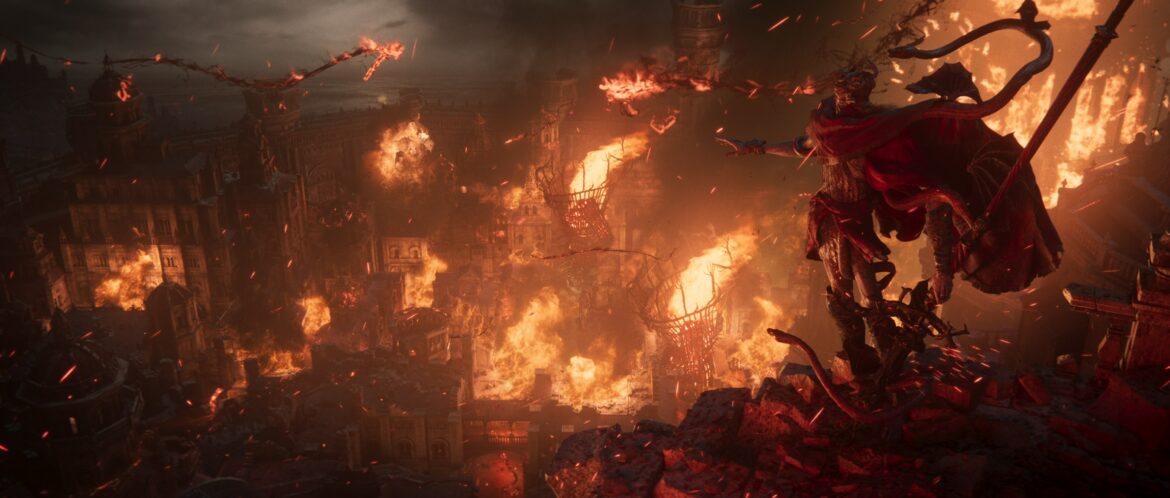
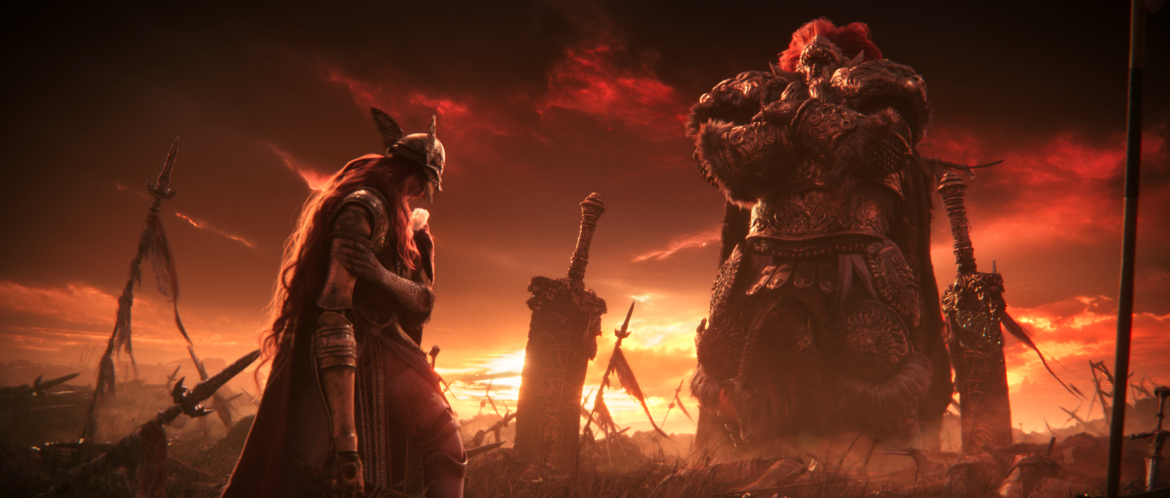
Moreover, our second goal has always been to build a studio where people feel truly comfortable—the kind of studio we would have wanted to join as graphic designers. Making films is, for me, primarily an opportunity to live a great human adventure.
Ultimately, we’re fortunate to be proud of every project completed; all our films are featured on our website. Except for internal projects that don’t appear there for confidentiality reasons.
3DVF: Projects which are never shown publicly by the client?
Yes, for example, a large studio might need to visualize a concept internally to “sell” the universe of its game.
3DVF: For instance, a branch of Ubisoft or another publisher looking to get the greenlight from the management before working on a new IP?
Exactly, this kind of things can be asked by any major publisher. We are also skilled in this type of project because it involves showing the future game’s universe before it’s finalized, which we do well. This type of internal project is quite rare but does occur.
Directed by: Rémi Parisse The Andy’s
Agency: Marcel
Client: Oasis
3DVF: And what’s next? What are your ambitions?
The studio’s ambitions are to move more into longer, narrative formats. We aim to work on feature films and series with budgets that would allow us to maintain the quality we offer in our trailers.
To achieve these ambitions, we’ve worked extensively on our pipeline and production methods to automate everything that can be automated and make life easier for our artists. We’ve also started developing our own IPs in-house. The challenge is that when developing a new IP, budgets are often much lower than for an established license. Lower budgets mean fewer resources and less time for these projects.
We’ve also been approached about another market trend we’re particularly interested in: feature films and series based on video game licenses. This is something that’s really gaining traction, with Fortiche’s Arcane being a prime example, and Super Mario Bros by Illumination as well.
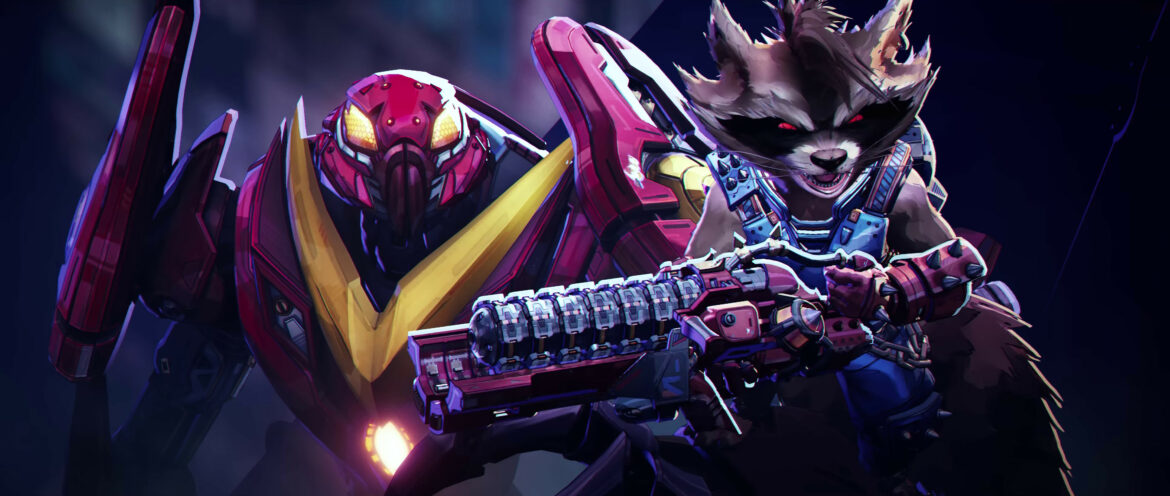
3DVF: We actually did a video interview with Fortiche at Annecy and this was one of the topic we discussed. What other differences do you see between existing and new IPs?
With existing IPs, a major factor is that there’s already a fan base, which can be multi-generational. For example, Mario, which I went to watch with my son.
Also, with these IPs, there’s often a bigger marketing budget compared to a new IP, as seen with Fallout [Editor’s Note: see our interview about the series], Tomb Raider, The Witcher. Adaptations are also marketing tools for games, as seen with Riot Games’ League of Legends Arcane. Let’s remember that the video game industry is five times larger than the film and music industries combined. A million games sold generate much more revenue than a million cinema tickets. For a video game studio, investing in a feature film or series is also profitable through game sales and microtransactions.
So, these projects can have larger budgets, leading to more quality and better working conditions to delight fans of the license. There might be a cost-sharing arrangement between the broadcaster or streaming platform and the game publisher, but the ability to produce high-quality film or series is crucial—this is where we come in.
The reason companies come to us for such projects is our speed in producing short formats, our image quality, and our skill in storytelling, given our deep understanding of the video game universe. What publisher wouldn’t want their own Arcane or Mario?
A recent Bloomberg article highlighted that after 10 years of Marvel, the next decade could focus on video game adaptations.
It’s also worth noting the evolution we’re witnessing: Illumination’s Super Mario Bros, with a budget of around a hundred million dollars, has exceeded 1.3 billion at the box office, making it the most profitable film of 2023, whereas the 1993 film was a failure, grossing less than 40 million. The revenue potential is enormous, but adapting video game licenses requires real expertise. Studios that can do this perfectly are rare, and we have a strong culture of animation and video games in France, which allows us to excel in this field.
3DVF: And in a context where platforms are more cautious about taking risks, betting on known IPs is reassuring.
Exactly. We see the power of these fan bases with our projects: a League of Legends trailer easily gets 150 million views in two weeks. Recently, we counted that the trailers we’ve made have surpassed a billion views cumulatively on YouTube!
In short, we continue with trailers but are also tackling longer, narrative projects, which can also be an opportunity to convey strong messages for a better world and go beyond entertainment.
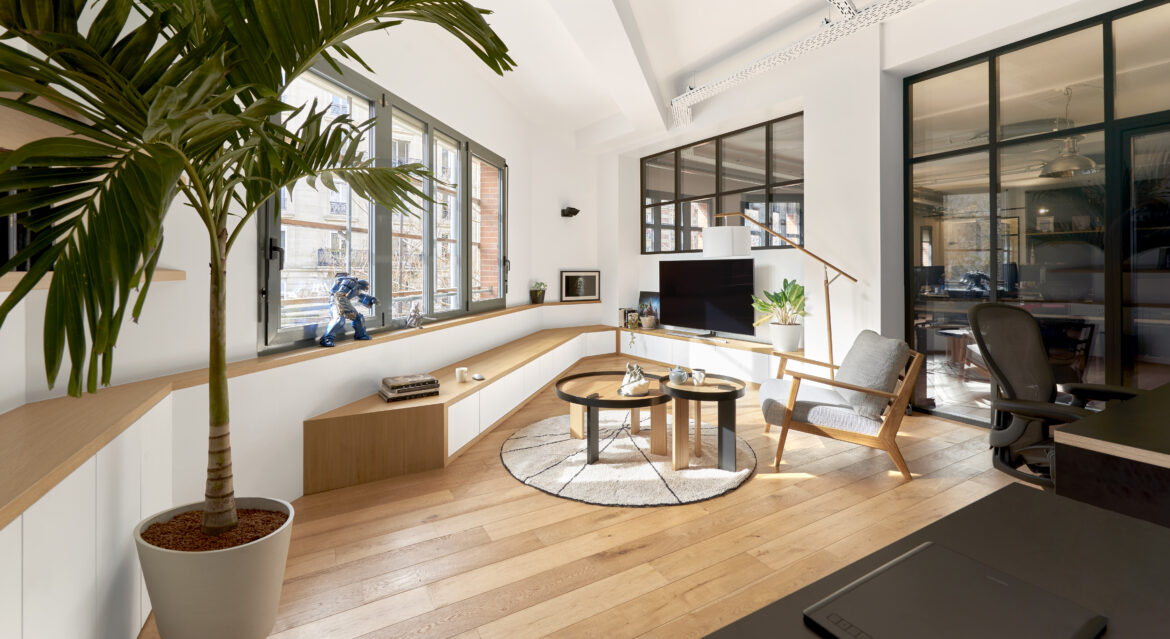
3DVF: You mentioned the young adult/adult segment, which is historically not the core audience of the animation industry.
What’s cool about market developments now is that it’s working for the young adult/adult demographic, as we’ve seen with Deadpool or Love, Death Robots. We have contacts with different studios targeting this kind of audience.
3DVF: So, many potential projects. Yet, the animation sector has been in crisis for many months.
Regarding game trailers, where do things stand? Is Unit feeling a market decline?
We’ve noticed a slight difference. We were fortunate to have many proposals and loyal clients, which allowed us to choose the most ambitious projects we wanted to work on. At one point, there were just a few less ambitious opportunities, but we still had many great proposals.
The same goes for our subsidiary Unit Motion Design. They haven’t seen a recent decline in activity. They produce the same visual quality but rely on very graphical storytelling and motion design. This allows us to have multiple creative avenues and respond to trailer requests in various ways, which is very useful when dealing with budget or timing issues, for example, needing a very graphical approach to certain trailer requests.
In fact, a challenge specific to our market is to successfully line up the most impressive productions. We’ve sometimes had to turn down very attractive projects because, in terms of scheduling, it wasn’t feasible to ensure the desired quality under good conditions. We also see that some publishers are increasingly planning ahead and contacting us well in advance to better organize things together.
Direction: Syama Pedersen, based on the original story by Ben Mauro
3DVF: And it doesn’t help that trailers and cinematics are often created for specific video game events, trade shows, key dates like the end-of-year holidays. But overall, as you said, you managed to get the same amount of projects at the studio?
We’ve managed to maintain studio activity, despite a few rare project cancellations, without facing any really tough periods. We have a wide range of clients, which isn’t always the case for series where production times are longer. For instance, some streamers had started delegating many projects in France before abruptly cutting back on their investments. This can be very tough for a studio because finding a new series takes much longer than a new trailer.
It’s worth noting that game trailers have low margins due to their technical demands and the time required for production, so we need a certain volume to stay viable. Ads are often less technically demanding, so we also do those from time to time.
3DVF: We spoke to other studios working for the video game industry, and they haven’t fared as well as Unit Image in the last few months…
It’s possible. It’s also a matter of network, timing, work, client recurrence, project sizes, and sometimes luck when new clients approach us with great projects at the perfect time. For us, this has been the case for 14 years with increasingly ambitious projects.
That said, despite the absence of major impact on the studio, we feel that, similar to series, there was a drop in the volume of trailer projects in 2023.
With some teams, we took the opportunity to work extensively on our production pipelines to prepare for producing feature films or series in a highly automated manner. We were even awarded the France 2030 grant [Editor’s note: grants awarded as part of a massive investment plan launched by the French government] to develop the studio, with the aim of doubling the team size to around 200 people, up from just over a hundred on average currently, and tripling the production capacity for longer formats.
The higher ratio in production is due to the fact that for trailers, we sometimes create 50 characters for a few shots, almost the same number as for a feature film, but for just 3 minutes! For longer formats, we would be more efficient with economies of scale. The same goes for similar shots, with the same characters in the same environment, for example: our production pipeline allows us to focus solely on the adjustments of certain key shots, while the pipeline automatically handles all other shots in the sequence.
This type of case is limited in trailers where few shots are similar, but for longer formats, it greatly increases productivity and work comfort.
So we’re ready to go; we could easily produce much more, and we’re negotiating for some exciting projects.
Client: Riot Games
Direction: Ben Hibon Matt Costa
Production: Unit Image
3DVF: Can you tell us a bit about your pipeline?
Our pipeline and tools are the same for all our projects, and we’ve been evolving them for 10 years: unlike some studios that work on longer formats, we can’t afford to have a new pipeline for each project.
Our pipeline is very granular, with each production step having its own tools: MotionBuilder for layout, Maya for animation, Houdini for FX, 3ds Max/V-Ray for rendering, and sometimes Arnold. We don’t use USD yet; we’ve developed our own scene description format. We use a lot of automation, casting editors, batch processing, monitoring, sanity checks, all connected to our internal open-source database and Shotgrid (Flow Production Tracking).
Our infrastructure allows us to easily integrate new software for any production stage; we recently did this with Cinema 4D. A third-party software quickly integrates into the pipeline and benefits from all our tools. We also have extensive documentation on our processes for each department, nearly 700 pages!
On the photorealistic facial capture front, we’ve developed many things in-house and have dedicated headsets.
We have many internal tools to automate processing and a whole artistic expertise for environments, compositing, animation, and character detailing to avoid the uncanny valley: for the audience to connect with characters, the result must be perfect.
Client: Disney
Agency: BETC
Direction Production: Unit Image
3DVF: Does your pipeline also include generative AI? Studios have a wide range of opinions on this. Some are with enthusiastic, other reject the idea, others explain they are cautiously adopting it… What’s your take on this?
It’s clear that with how datasets have been created, often by scraping the web without asking or paying for rights, this is quite weird. I think this won’t be the final state; it will likely be more regulated with compensation for rights holders.
At our level, we are very tech-savvy across all studio departments, in production and fabrication, as well as in support, IT, dev, and admin departments. We follow all technologies and their workings. As I mentioned, our pipeline is very granular, which is well-suited for potentially adding smart AI tools to certain stages to allow artists to reach their full potential.
In practice, in many cases, our clients today prohibit us from using generative AI in contracts, especially for copyright reasons; they prefer not to take risks.
However, we are starting to use AI for other elements of the workflow, for example, to add micro-details. Artists retain full control, so it works well with well-thought-out camera maps in certain cases.
A major usage criterion is the possibility that tools remain controlled by artists. Our clients know what they want. When working on a DLC trailer for Elden Ring, for example, we have their trust, and everything is very controlled on both our and the client’s sides, pixel by pixel; the project is so creative and precise that an uncontrollable AI makes no sense.
AI can be more used to quickly illustrate briefs instead of relying on stock image references. Generative AI should remain, like all tools, in the service of artists who together create the human collective work that is an animated film.
3DVF: Thank you for your insights. We’ll of course share your upcoming major projects on 3DVF.com, such as the series planned for the end of the year.
To stay updated on our upcoming articles, interviews, videos, be sure to follow us on social media: Facebook, X/Twitter, Instagram, LinkedIn, and YouTube.
